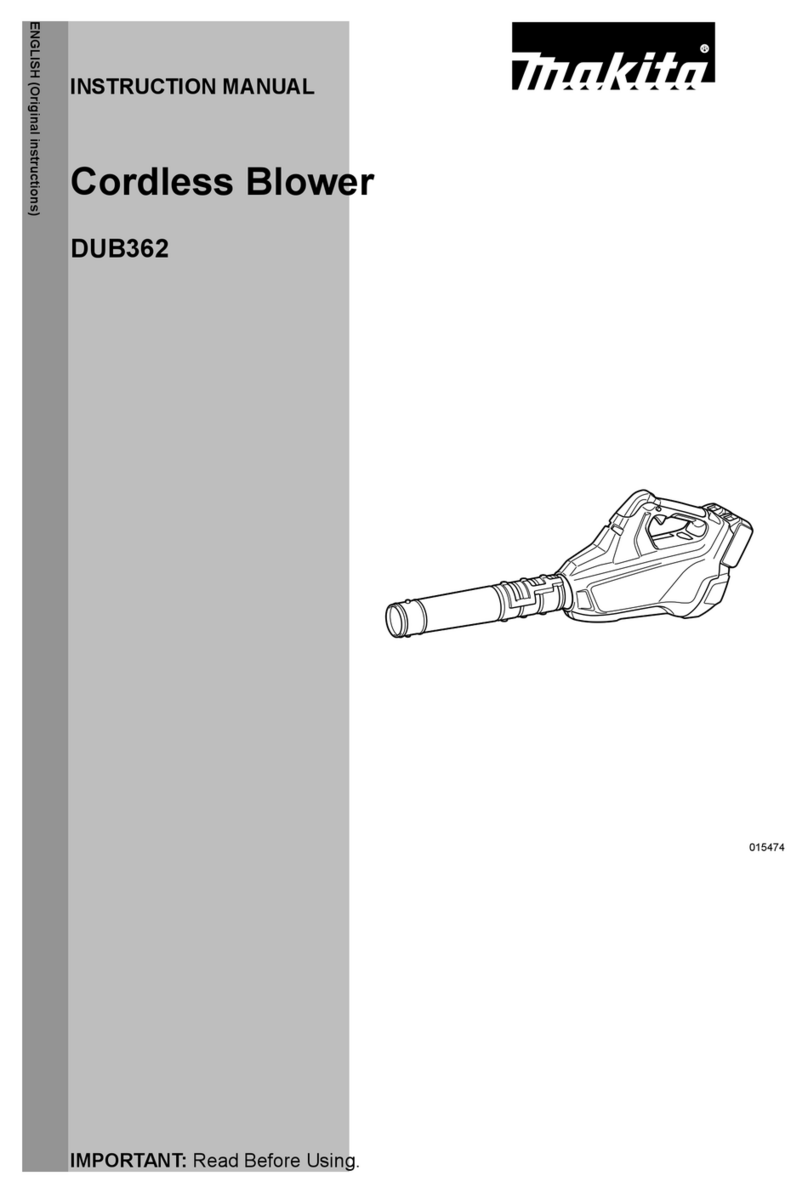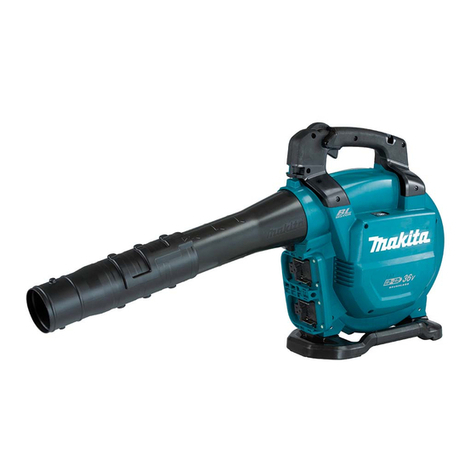Makita PM001G User manual
Other Makita Blower manuals

Makita
Makita UB100D User manual

Makita
Makita BU01 User manual

Makita
Makita RBL250 User guide

Makita
Makita GMP01 User manual

Makita
Makita DUB184 User manual
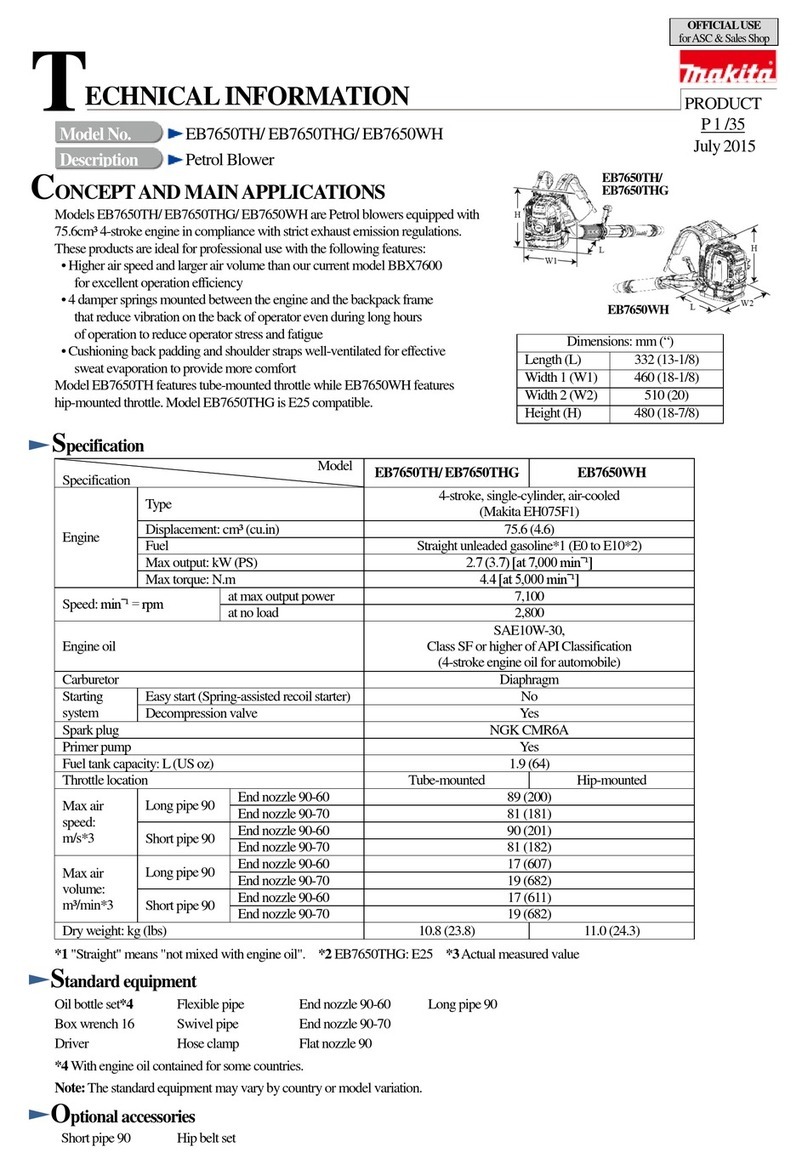
Makita
Makita EB7650TH Manual

Makita
Makita UB0801 User guide

Makita
Makita UB002CZ01 User manual
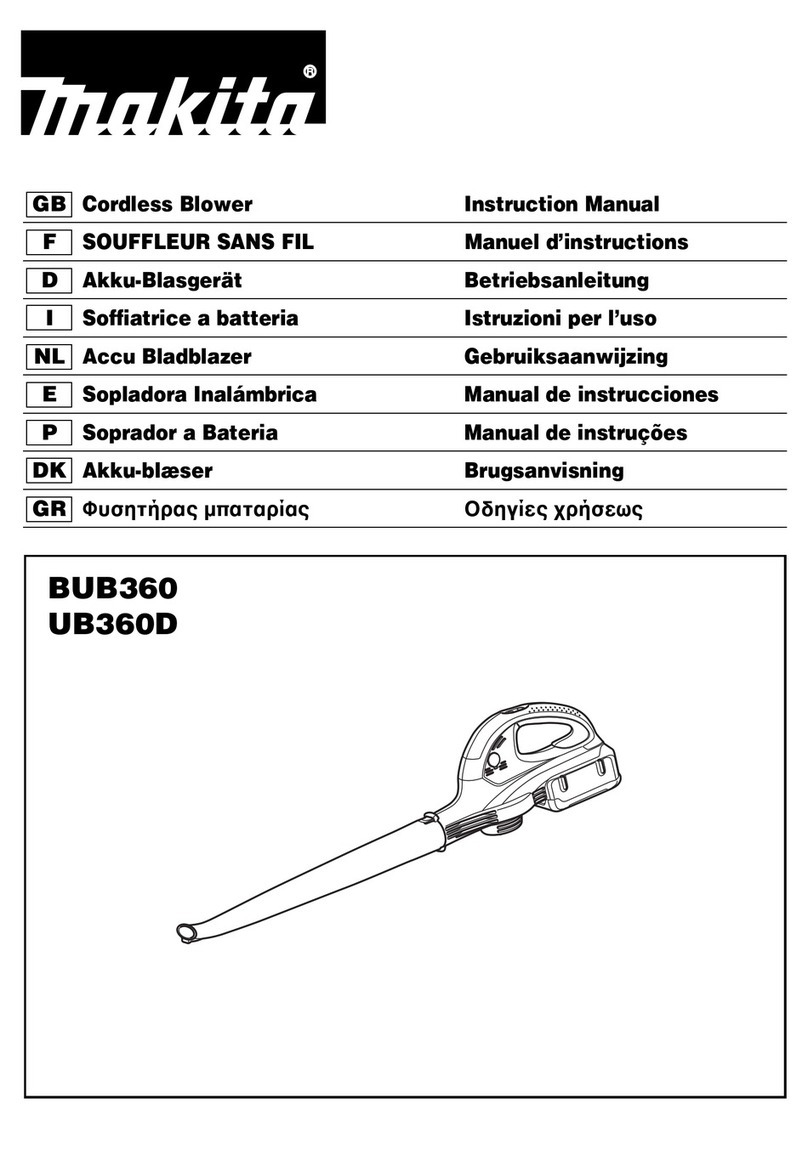
Makita
Makita BUB360 User manual

Makita
Makita BBX7600 User manual
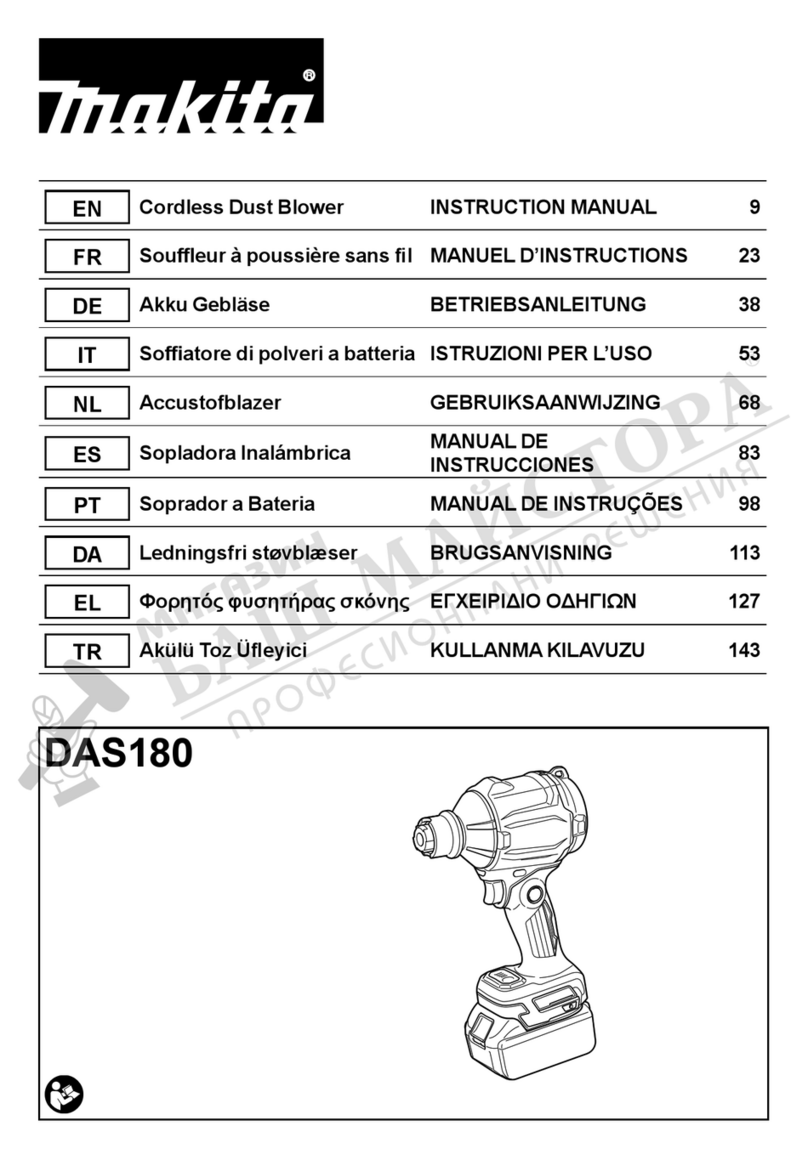
Makita
Makita DAS180 User manual

Makita
Makita UB1102 Manual
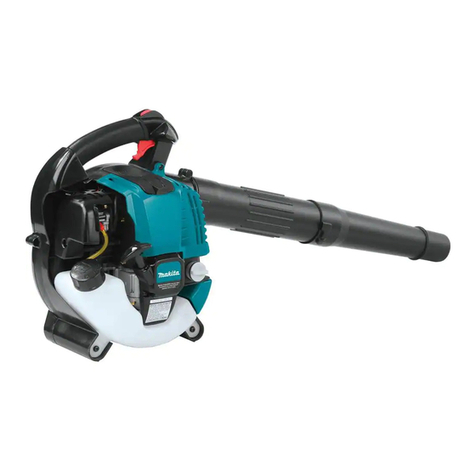
Makita
Makita BHX2500 Quick start guide

Makita
Makita UB001G User manual

Makita
Makita EB7650TH User guide
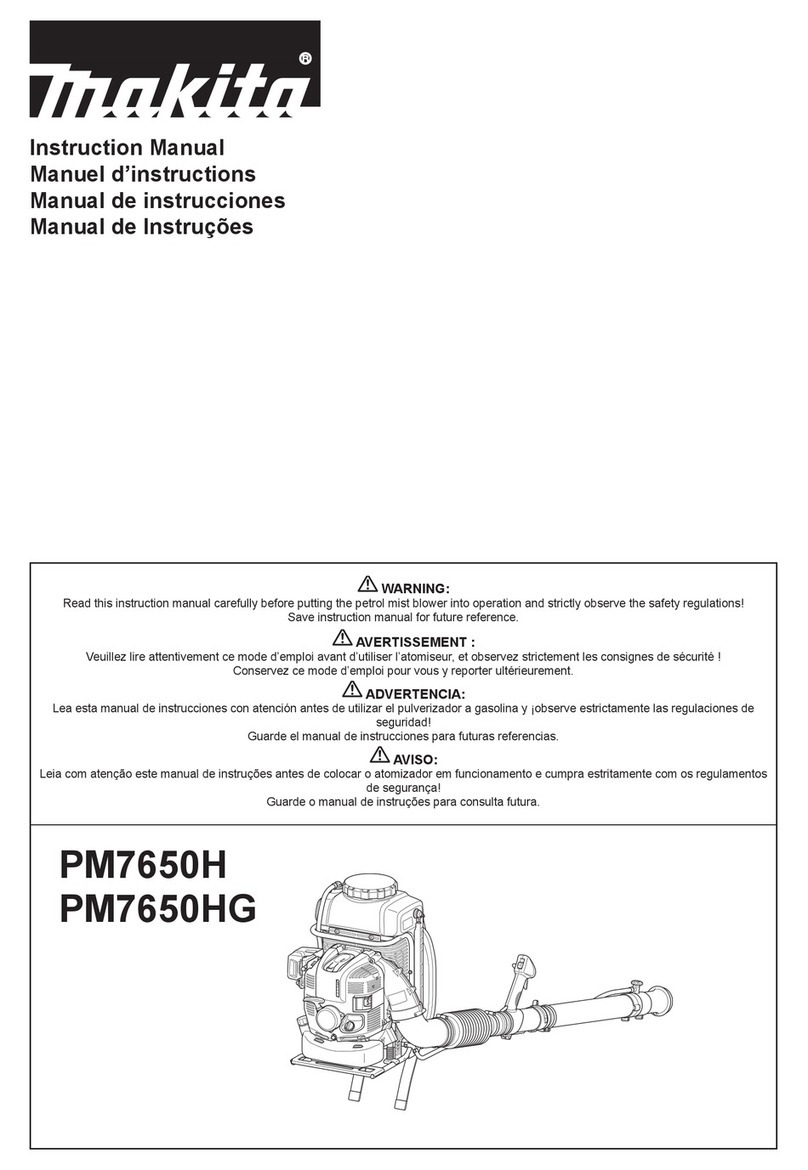
Makita
Makita PM7650HG User manual

Makita
Makita UB1100 User manual
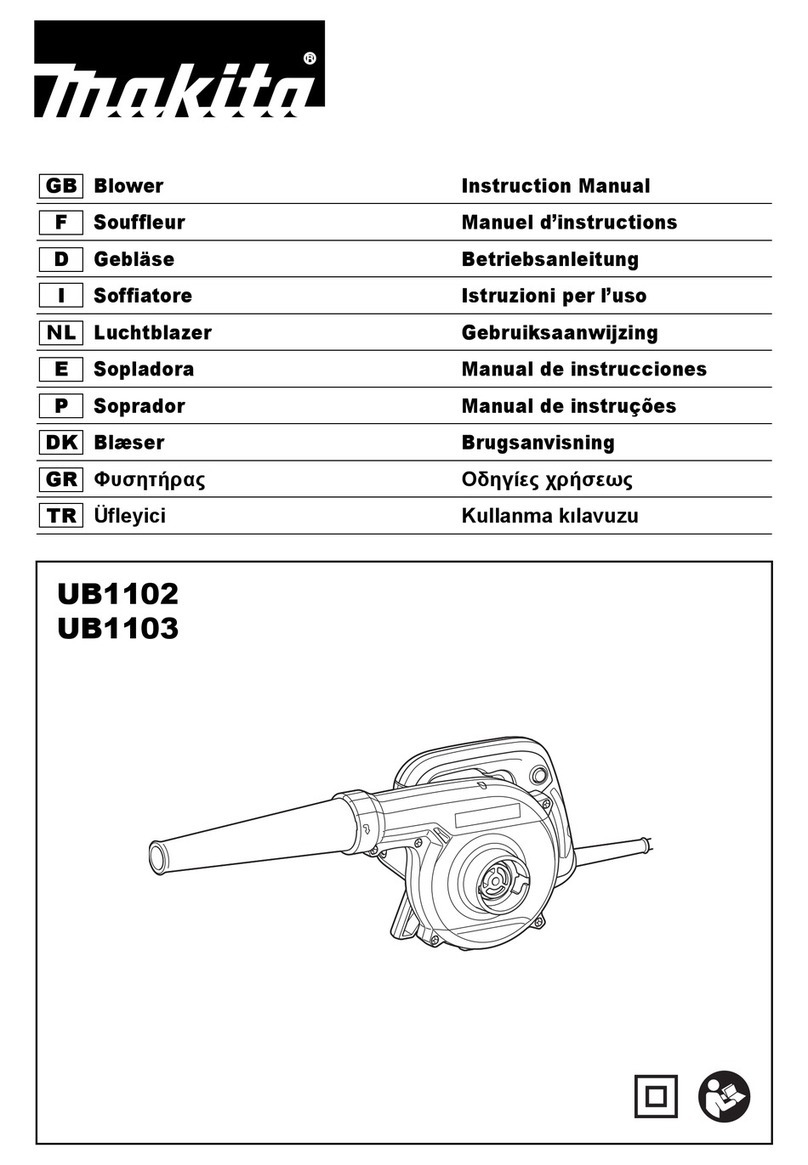
Makita
Makita UB1102 User manual

Makita
Makita DUB361 User manual
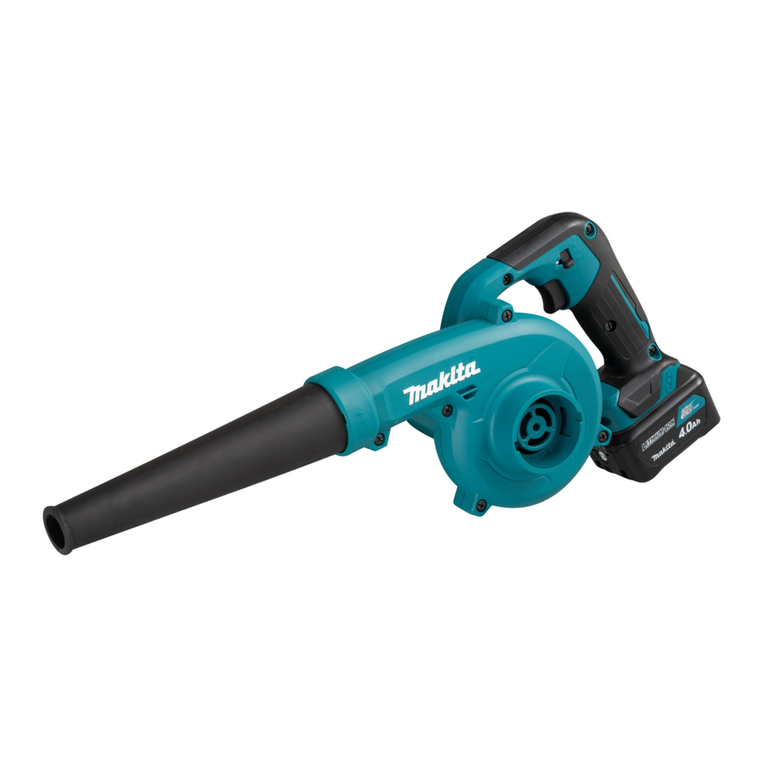
Makita
Makita UB100D User manual
Popular Blower manuals by other brands

Lithium Earthwise
Lithium Earthwise LB20024 Operator's manual

EINHELL
EINHELL GE-CL 36 Li E Original operating instructions

EINHELL
EINHELL VENTURRO 18/210 operating instructions

Troy-Bilt
Troy-Bilt 657 Operator's manual

Weed Eater
Weed Eater VS2000BV instruction manual

KRAUSMANN
KRAUSMANN U37020-00 Operation manual
